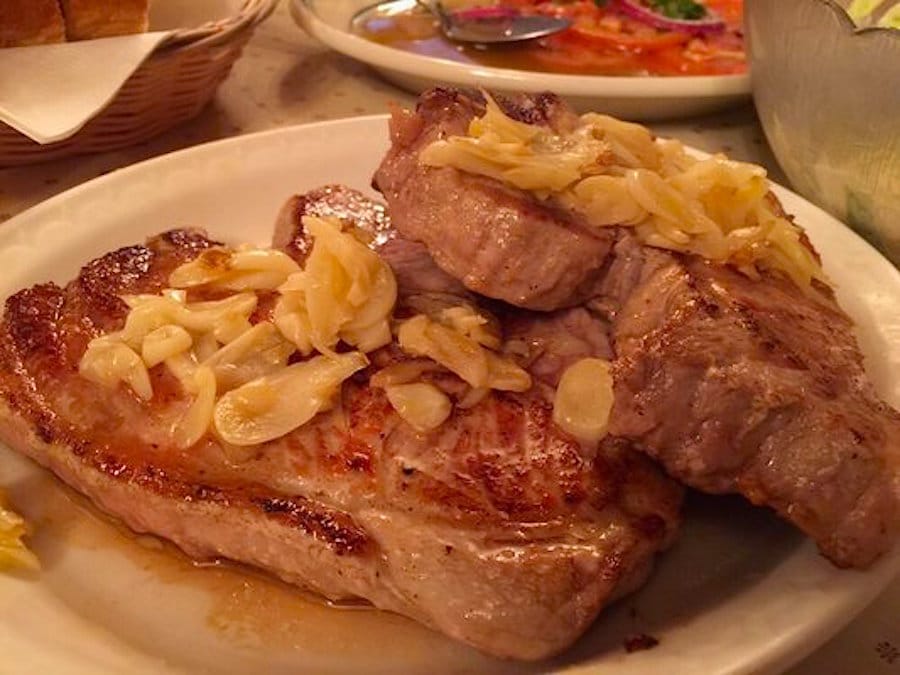This article was translated by John R. Bopp
H.D. Miller is the director of the History, Politics, and Philosophy Department at the Universidad de Lipscomb in Nashville, Tennessee. He has a very interesting blog called “An Eccentric Culinary History”, where he brings his two passions, history and gastronomy, together.
The entry that really caught our eye was of course related to Basque gastronomy in the US, carrying the title “Basque-American: The Authentic Cuisine of the Intermountain West”, and there’s only one word to describe it: glorious.
The author takes a long trip, starting with Basque prehistory right up to the 19th century in the Basque homeland, and it’s exceptional. He discusses the fundamental aspects of “being” part of this people, which are hard to find among similar articles that are written from a much “closer point of view” (if you catch my drift).
From that moment, the middle of the 19th century, the author jumps the Atlantic to follow the Basques as they venture out into the Far West. This story talks about their hard work, and how the culture of hard work and responsibility that they brought with them in their hearts helped them forge a future, bit by bit, in that part of the world.
Another thing they took with them was their gastronomy, which, as we’ve often said before, had to be adapted to the new environment they’d settled in, very different from their green homeland on the Bay of Biscay.
And so a hybrid of Basque-American cuisine was born, with the richness of two cultures behind it. And it’s become the typical cuisine of the Intermountain West, a region situated between the Rocky Mountains and the Sierra Nevada, separating the region from California and the Pacific.
It’s here that H.D. Miller takes us on a journey through the main representatives of the cuisine that thrive with more than a century of history (half of the history of the US) behind them.
It’s wonderful to read this amazing article that brings the writer’s two passions (and ours) together, talking about Basques in that part of the US. We’ve written about that at length, thanks to the interest of the media in the US on this nation’s cultural contributions.
All we have left to do is thank the author for putting together such a wonderful article, and we hope he’ll write about the Basque presence and history in places closer to Tennessee, such as Louisiana, Texas, or Florida.
Well, really, we can’t resist proposing just one more thing, that in the article’s tags, he either remove “Spain” or add “France”, since (as the text explains really well) the Basques that didn’t emigrate still live under two different administrations, France and Spain.
An Eccentric Culinary History – 25/5/2015 – USA
Basque-American: The Authentic Cuisine of the Intermountain West
This story begins in the middle of 19th century with a young man trailing sheep through the washes and up the gullies into the hidden mountain meadows of the desert west. The young man is Basque, maybe 17 years old, poor, lonely, probably illiterate, and likely knows no language other than Basque, which might as well be no language at all. He’s come to America because euskal herria is no place to be if you’re the second son, destined to inherit nothing of the few stony acres your father inherited from his father. So, traveling to Nevada and spending six months of every year mostly alone, the only company a horse, a pair of blue dogs and 2,000 head of sheep, might seem like a good career move.
(Continue) (Automatic Translation)
Last Updated on Dec 20, 2020 by About Basque Country





























